The Relationship between Land Use Structure and Industrial Structure in Liupanshui City: A Three-Life Space Perspective
DOI: 10.23977/jceup.2025.070220 | Downloads: 13 | Views: 286
Author(s)
Shuchen He 1, Yumei Bai 1
Affiliation(s)
1 Guizhou University of Finance and Economics, Guiyang, Guizhou, China
Corresponding Author
Shuchen HeABSTRACT
This paper examines Liupanshui City in Guizhou Province as the study area. Utilizing land use and industrial economic data from 2000 to 2020, and employing methods such as the single land use dynamic degree, correlation analysis, and spatial transfer matrix, it analyzes the evolution characteristics and coupling relationship between land use structure and industrial structure from the perspective of the "Production-Living-Ecological Space" (Three-Life Space). The research indicates that the urban space in Liupanshui City has continued to expand, with the dynamic degree reaching 19. 30% during 2015-2020, while agricultural space has gradually decreased, and ecological space has remained generally stable. The industrial structure, characterized by a "secondary-tertiary-primary" pattern, has been continuously optimized, with the proportion of the tertiary industry increasing significantly. Correlation analysis reveals a strong positive correlation between the secondary and tertiary industries and urban land use, whereas a significant negative correlation exists between the primary industry and agricultural land. This reflects that while agricultural intensive efficiency has improved, the development of the secondary and tertiary industries still heavily relies on the expansion of construction land.
KEYWORDS
Three-Life Space, Land Use Structure, Industrial Structure, Liupanshui CityCITE THIS PAPER
Shuchen He, Yumei Bai, The Relationship between Land Use Structure and Industrial Structure in Liupanshui City: A Three-Life Space Perspective. Journal of Civil Engineering and Urban Planning (2025) Vol. 7: 146-156. DOI: http://dx.doi.org/10.23977/jceup.2025.070220.
REFERENCES
[1] Hao Qing, Peng Jian, Wei Zhi, et al. Interpretation of the Connotation of "Territorial Spatial" and Suggestions for the Compilation of Territorial Spatial Planning[J]. Journal of Natural Resources, 2021, 36(09): 2219-2247.
[2] Fang Chuanglin. On the development planning of public efficiency compatibility regional[J]. Human Geography, 1999, (04): 6-9.
[3] Zhu Leizhou, Xie Lairong, Huang Yaping. Review and Prospect of the Research on Territorial Spatial Planning in China[J]. Planners 2020, 36(08): 5-11.
[4] Wu Zhiqiang. Five philosophical issues of territorial spatial planning[J]. Urban Planning Forum, 2020, (06): 7-10.
[5] An Shuwei. The key to implementing the national spatial planning system is the coordination of interests. [J]. Regional Economic Review, 2018, (05): 18-20.
[6] Sun Furong. Research on the relationship between the land use structure and industrial structure of Mianyang City[D]. Journal of Sichuan Agricultural University, 2011.
[7] Kong Xiangbin, ,Zhang Fengrong, Li Yulan, et al. Study on the Interactive Relationship between Regional Land Use and Industrial Structure Change[J]. Resources Science, 2005, (02): 59-64.
[8] Huang Xianjin, Peng Buzhuo, Zhang Jianxin, et al. Study on the relationship between regional industrial structure adjustment and sustainable land use[J]. Economic Geography, 2002, (04): 425-429.
[9] Gu Xiang. Research on the impact of industrial structure evolution on land use[J]. Journal of Anhui Agricultural Sciences, 2011, 39(18): 11186-11188+11227.
[10] Fu Haiyue, Wang Zhaoya. The relationship between regional industrial structure adjustment and land use efficiency——based on the urbanization level. [J]. China Land Science, 2020, 34(10): 69-78+107.
[11] Lu Chunyang, Yang Qingyuan, Wen Feng, et al. Empirical Research on the Correlation between Urban Land Use Structure and Industrial Structure-with Chongqing as an Example[J]. Urban Development Studies, 2010, 17(01): 102-107.
[12] Meng Yuan, Zhang Fengrong, Jiang Guanghui, et al. Research on the relationship between Beijing's industrial structure and land use structure[J]. Areal Research and Development, 2011, 30(03): 108-111+139.
[13] Ou Wenting, Wang Nan, Zhang Jinyi, et al. Research on the Correlation between the Land Use Structure and Industrial Structure of Quzhou County[J]. Journal of China Agricultural University, 2023, 28(07): 191-203.
[14] Qu Aixue, Chou Fangdao. Research on the process and pattern of urban construction land expansion in Xuzhou[J]. Geographical Science, 2013, 33(01): 61-68.
[15] Yang Tianyi, Zheng Du, Zhang Xueqin, et al. Spatial coupling and its environmental effects of land use change in the Hotan oasis from 1980 to 2010[J]. Acta Geographica Sinica, 2013, 68(06): 813-824.
[16] Lu Chunyang, Wen Feng, Yang Qingyuan. Path analysis of factors affecting urban land use structure: a case study of Chongqing City[J]. Geographical Science, 2012, 32(08): 936-943.
[17] Lu Chunyang, Wen Feng, Yang Qingyuan, et al. Analysis of the Characteristics of Land Use Structure and the Differences in Influencing Factors in Cities above Prefecture Level[J]. Geographical Science, 2011, 31(05): 600-607.
[18] He Zhen, Zhao Wenliang, He Junping. Remote sensing dynamic monitoring and driving force analysis of urban expansion in Zhengzhou City[J]. Geographical Research, 2011, 30(12): 2272-2280.
[19] Chen Jing, Xie Xiaoling. Factors affecting land use change in rapid urbanization of the west coast of the strait[J]. Economic Geography, 2010, 30(11): 1885-1889.
[20] Chen Yonglin, Xie Binggen, Li Xiaoqing, et al. The relationship between land use change and urbanization in Changsha City from 2003 to 2013[J]. Economic Geography, 2015, 35(01): 149-154.
[21] Shi Yufan, Di Baofeng, Zuo Qi, et al. The interactive relationship between the adjustment of industrial structure and land use pattern in the Wenchuan earthquake disaster area[J]. Mountain Research, 2020, 38(06): 916-925.
[22] Xu Xinyi, Liu Zhiyou, Dong Lu, et al. Research on the Interaction between Industrial Structure and Land Use Structure from the Perspective of Spatial Planning——Taking Urumqi City in Xinjiang as Example[J]. Ecological Economy, 2020, 36(04): 69-74.
[23] Yan Honglei, Sun Pengju, Liu Xuelu. The relationship between land use structure and industrial structure based on information entropy in Lanzhou City[J]. Journal of Gansu Agricultural University, 2013, 48(05): 130-136.
[24] Li Yudong, Zang Chuanfu, Chen Xianglong. Research on the Spatio-temporal Characteristics and Driving Mechanism of Land Use in the Huaihe River Basin from 1990 to 2015[J]. Ecological Science, 2020, 39(02): 104-113.
[25] Lan Hongxing, Zheng Changde. Research on the Experience and Countermeasures of the Rehabilitation and Reconstruction of the "5•12" Wenchuan Earthquake Disaster[J]. Journal of Anhui Agricultural Sciences, 2011, 39(06): 3588-3590+3595.
[26] Liu Hui, Li Chunbo, Han Xulong, et al. Land use change and the transfer of ecosystem service value in the Changbai Mountain region based on meta-analysis[J]. Research of Soil and Water Conservation, 2020, 27(04): 293-300.
[27] Ta Na. Research on the Interrelation between Land Use Structure and Industrial Structure under the New Normal in Zalait Mongol Autonomous County[D]. Graduate School of Inner Mongolia Normal University, 2017.
[28] Xu Xinliang, Liu Jiyuan, Zhang Shuwen, Li Rende, Yan Changzhen, Wu Shixin. China multi-periods land use remote sensing monitoring dataset (CNLUCC). Resource Environment Science Data Registration and Publication System (http://www. res. cn/DOI), 2018.
[29] Liu Jiyuan. National resources, environment remote sensing macro survey and dynamic monitoring research[J]. National Remote Sensing Bulletin, 1997, (03): 225-230.
[30] Luo Guangyu, Wang Zhiyuan. Research on the Effect of Carbon Storage and Driving Factors of the Evolution of the Territorial Spatial Pattern of Dongting Lake Ecological Economic[J]. Ecology and Environmental Sciences, 2024, 33(11): 1672-1685.
[31] Yu Rengang. Pigou-Clark theorem[J]. Economic Perspectives, 1996, (08): 63-65.
[32] Du Jianjun, Xie Jiaping, Liu Bomin. China's agricultural industry clustering and agricultural labor productivity: An empirical study based on data from 275 cities[J]. Journal of Finance and Economics, 2020,46(06):49-63.
| Downloads: | 11868 |
|---|---|
| Visits: | 406615 |
Sponsors, Associates, and Links
-
Journal of Sustainable Development and Green Buildings
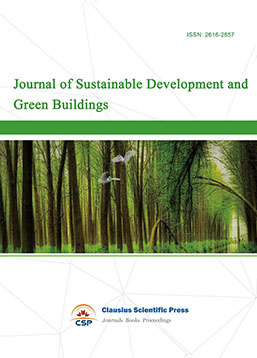
-
Landscape and Urban Horticulture
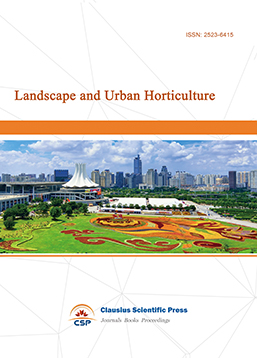
-
Bridge and Structural Engineering
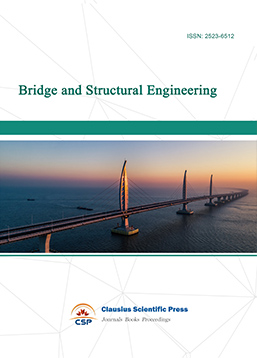
-
Soil Mechanics and Geotechnical Engineering
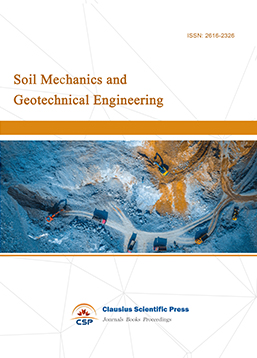
-
Journal of Municipal Engineering
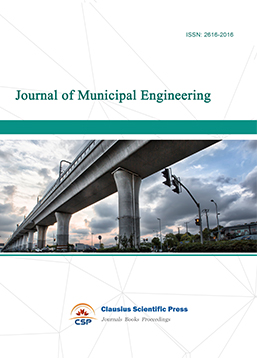
-
Heating, Ventilation and Air Conditioning
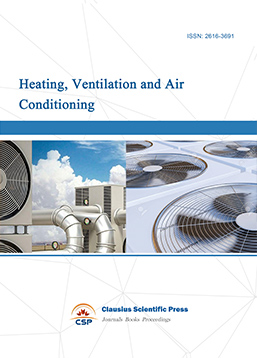
-
Indoor Air Quality and Climate
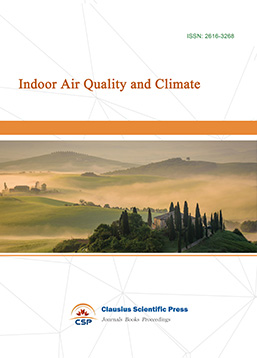
-
Computer Aided Architecture Design
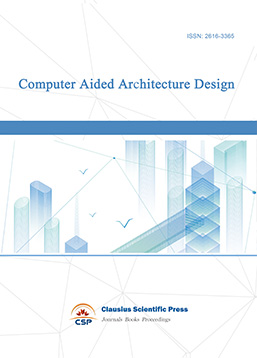

 Download as PDF
Download as PDF